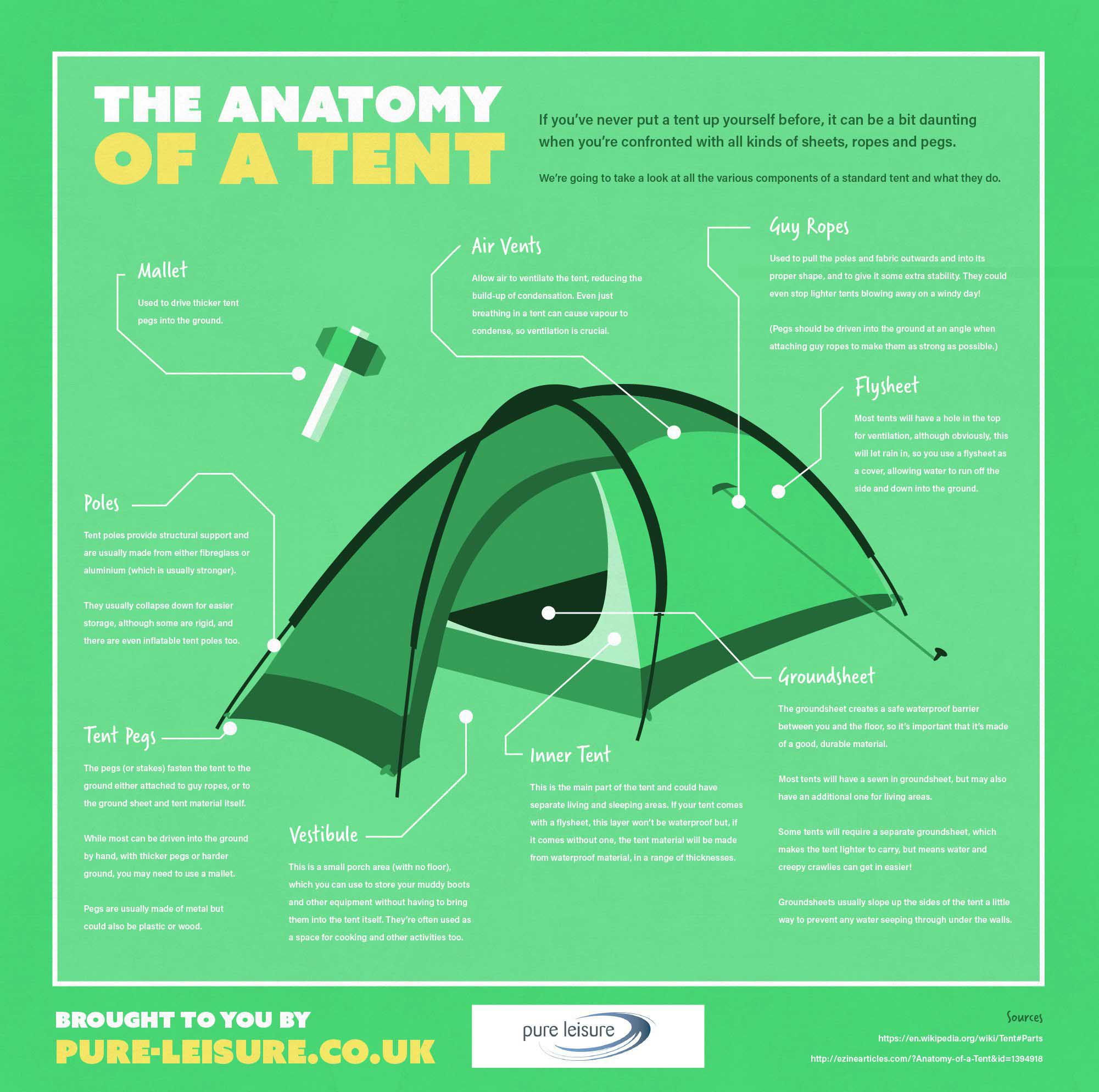Wintertime camping is an enjoyable and adventurous experience, yet it needs proper equipment to ensure you remain warm. You'll require a close-fitting base layer to trap your temperature, together with a shielding coat and a water resistant shell.
You'll likewise require snow stakes (or deadman supports) hidden in the snow. These can be tied utilizing Bob's creative knot or a regular taut-line hitch.
Pitch Your Camping tent
Winter months outdoor camping can be an enjoyable and daring experience. Nonetheless, it is important to have the proper gear and know how to pitch your tent in snow. This will prevent cold injuries like frostbite and hypothermia. It is also important to consume well and remain hydrated.
When establishing camp, make certain to select a site that is sheltered from the wind and free of avalanche danger. It is also an excellent concept to load down the location around your camping tent, as this will help reduce sinking from temperature.
Prior to you set up your tent, dig pits with the same dimension as each of the support points (groundsheet rings and guy lines) in the center of the tent. Fill up these pits with sand, stones and even things sacks filled with snow to compact and safeguard the ground. You might also intend to take into consideration a dead-man support, which includes connecting tent lines to sticks of timber that are hidden in the snow.
Pack Down the Area Around Your Outdoor tents
Although not a requirement in most locations, snow risks (also called deadman anchors) are a superb addition to your tent pitching package when camping in deep or compressed snow. They are primarily sticks that are developed to be buried in the snow, where they will certainly ice up and produce a strong support factor. For best outcomes, make use of a clover hitch knot on the top of the stick and bury it in a couple of inches of snow or sand.
Set Up Your Tent
If you're camping in snow, it is an excellent idea to make use of a camping tent developed for winter backpacking. 3-season camping tents work great if you are tent floor making camp below tree zone and not anticipating particularly severe weather, yet 4-season camping tents have sturdier posts and fabrics and supply even more protection from wind and heavy snowfall.
Make certain to bring appropriate insulation for your sleeping bag and a cozy, completely dry inflatable mat to sleep on. Inflatable floor coverings are much warmer than foam and assistance prevent chilly spots in your outdoor tents. You can also include an extra floor covering for sitting or cooking.
It's additionally a great idea to set up your outdoor tents close to a natural wind block, such as a group of trees. This will make your camp more comfy. If you can't discover a windbreak, you can create your very own by digging holes and hiding objects, such as rocks, camping tent stakes, or "dead man" supports (old camping tent guy lines) with a shovel.
Restrain Your Tent
Snow risks aren't required if you use the best methods to secure your tent. Buried sticks (perhaps collected on your approach hike) and ski poles work well, as does some version of a "deadman" hidden in the snow. (The concept is to create an anchor that is so strong you won't be able to pull it up, despite having a great deal of initiative.) Some makers make specialized dead-man anchors, yet I favor the simplicity of a taut-line hitch linked to a stick and after that buried in the snow.
Be aware of the surface around your camp, particularly if there is avalanche danger. A branch that falls on your camping tent could harm it or, at worst, wound you. Likewise be wary of pitching your outdoor tents on a slope, which can trap wind and cause collapse. A sheltered area with a reduced ridge or hill is better than a high gully.
